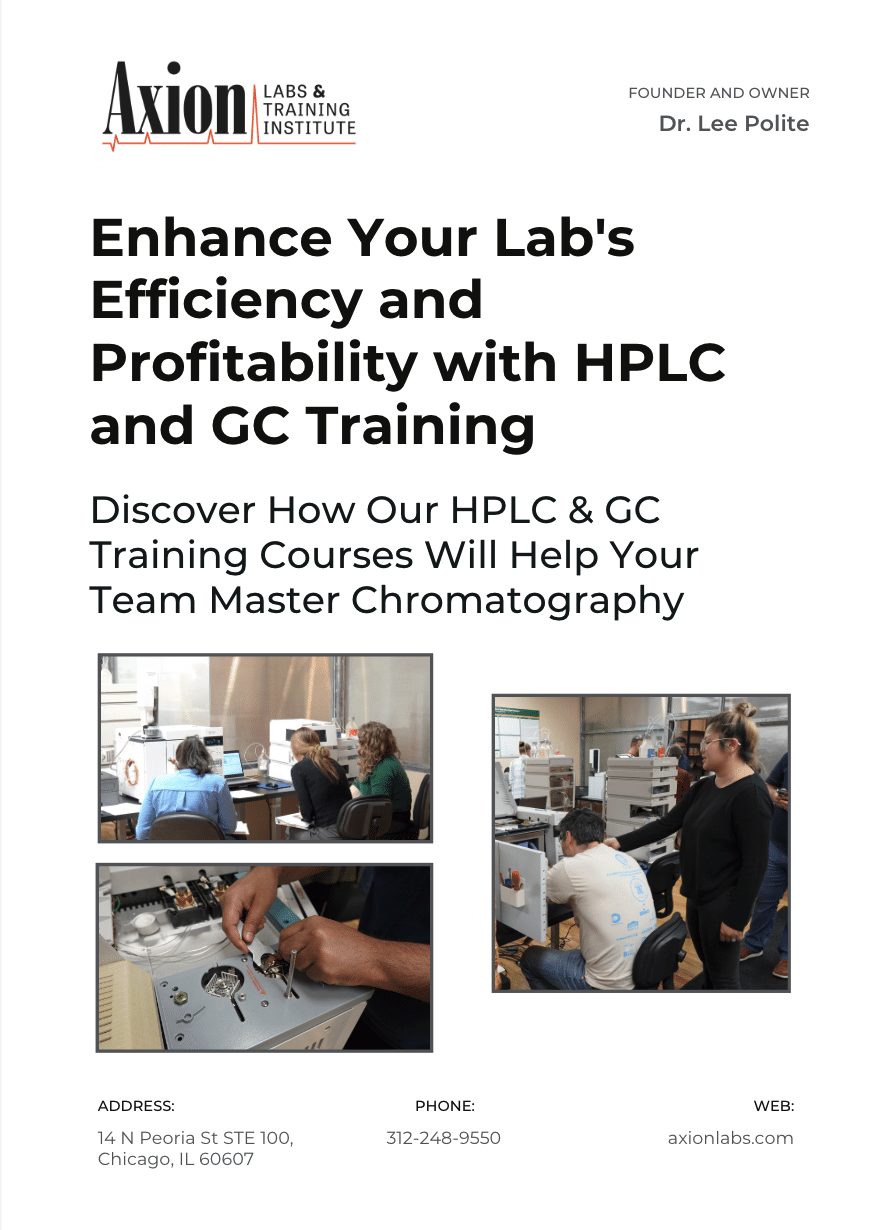When you’re running a Gas Chromatograph (GC), one of the most important steps is getting the sample into the instrument.
In a previous video, I talked about common autosamplers—like using 2 mL vials with a liquid autosampler, or 20 mL vials for headspace sampling.
But what if you’re working with materials that can’t be dissolved or vaporized easily?
Let’s talk about a more specialized technique: Pyrolysis GC.
What Is Pyrolysis GC?
Pyrolysis literally means “breaking down with heat.” In this technique, we take a very small solid sample, like a chip of plastic or paint, and burn it at high temperatures. As the material decomposes, it produces a mixture of gases—these are the pyrolysis products.
Think of it like a campfire:
- Burn wood, and you get that classic smoky aroma—those are the chemicals being released.
- Toss a piece of plastic into the fire? You’ll get thick, black smoke and a nasty smell. Those are different chemicals, specific to the material you’re burning.
And here’s the interesting part: these pyrolysis products are highly unique and reproducible.
Real-World Example: Forensic Paint Analysis
Here’s a classic application of pyrolysis GC: automotive paint analysis by the FBI.
Every car make and model in the U.S. uses specific types of paint. These paints are cataloged in an FBI database. So, when investigators recover a tiny chip of paint—say from a hit-and-run—they can:
- Place it into a pyrolysis GC probe.
- Heat it rapidly to break it down.
- Analyze the resulting chemical “fingerprint” using GC.
This fingerprint contains hundreds of peaks, each representing a compound released during pyrolysis. And while we don’t identify each individual compound, we compare the overall pattern—kind of like a barcode or fingerprint—for a match.
So with pyrolysis GC, the FBI can say something like, “This chip came from a 2012 red Mustang.”
Where Is Pyrolysis GC Used?
Pyrolysis GC is widely used in:
- Forensics science
- Paint analysis
- Plastic and polymer research
- Materials characterization
If you’re analyzing synthetic materials or looking for unique chemical fingerprints, this is your method.
Want to Learn More About GC?
If pyrolysis GC interests you, be sure to check out my full video on how to operate a gas chromatograph—I walk you through the entire process from start to finish.
And for even more in-depth training, including method development for both GC and HPLC, check out Axion Lite. You’ll find a full library of hands-on videos there.
See you in the next video!

